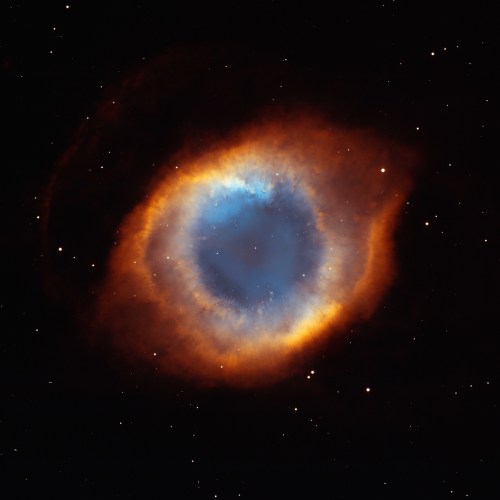Dive into your creative stream
Galactic - Blog Posts

going off of my dragon ball streak for a post or two 🤯 my brain decided to push the team galactic button out of nowhere recently
i love these little goobers! your ace fanon lore drop of the day is that i headcanon saturn and jupiter as brother and sister 👍
₊‧.°.⋆✮⋆.°.‧₊ ⋆˚☆˖°⋆
drawn 10/17/24

Say hello to spiral galaxy NGC 1097 👋
About 45 million light-years away, in another corner of the cosmos, lies spiral galaxy NGC 1097. Though this Hubble Space Telescope image zooms in toward the core, the galaxy’s vast spiral arms span over 100,000 light-years as they silently sweep through space. At the heart of this galaxy lurks a black hole that is about 100 million times as massive as the Sun.
The supermassive black hole is voraciously eating up surrounding matter, which forms a doughnut-shaped ring around it. Matter that's pulled into the black hole releases powerful radiation, making the star-filled center of the galaxy even brighter. Hubble’s observations have led to the discovery that while the material that is drawn toward NGC 1097’s black hole may be doomed to die, new stars are bursting into life in the ring around it.
This sparkling spiral galaxy is especially interesting to both professional scientists and amateur astronomers. It is a popular target for supernova hunters ever since the galaxy experienced three supernovas in relatively rapid succession — just over a decade, between 1992 and 2003. Scientists are intrigued by the galaxy’s satellites — smaller “dwarf” galaxies that orbit NGC 1097 like moons. Studying this set of galaxies could reveal new information about how galaxies interact with each other and co-evolve.
Make sure to follow us on Tumblr for your regular dose of space: http://nasa.tumblr.com.

Say hello to the Helix Nebula 👋
In 2001 and 2002, our Hubble Space Telescope looked at the Helix Nebula and it looked right back! This planetary nebula is right in our cosmic neighborhood, only about 650 light-years away. Gigantic for this type of cosmic object, the Helix Nebula stretches across 2 to 3 light-years.
With no actual connection to planets, planetary nebulas like this one are produced when a medium-mass star dies and sloughs off its outer layers. These gaseous layers are expelled into space at astonishing speeds where they light up like fireworks. The Helix Nebula is one of the closest planetary nebulas to Earth, giving scientists an up-close view of its strange affairs.
Through Hubble’s observations, scientists have learned that the Helix Nebula isn’t doughnut-shaped as it appears. Instead it consists of two disks that are nearly perpendicular to each other — the nebula looks like an eye and bulges out like one too!
Hubble has also imaged comet-like tendrils that form a pattern around the central star like the spokes on a wagon wheel, likely resulting from a collision between gases. The dying star spews hot gas from its surface, which crashes into the cooler gas that it ejected 10,000 years before. Eventually the knots will dissipate into the cold blackness of interstellar space.
Make sure to follow us on Tumblr for your regular dose of space: http://nasa.tumblr.com.
Canvas full of wings

I made this canvas to practice drawing wings and now I’ve run out of room, it’s been fun, I just wanted to show you guys

